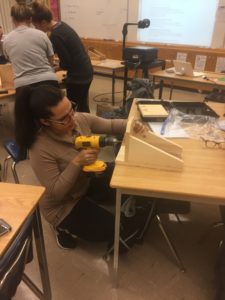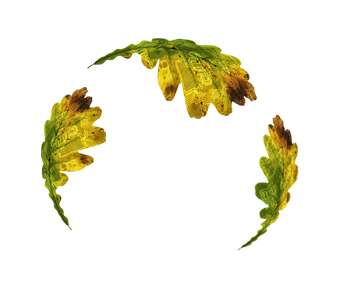Engaging affect: Using kahoot and experience with nature to teach EE
Dr. Darren Hoeg was charged with leading a one-off session on Environmental Education, embedded in the intensive teacher-preparation course for Secondary Science teacher candidates at the University of Alberta. He had 90 minutes to get a feel for the group of up to 100 students and turn their minds on to both the issues of the environment and how to tackle them through Science teaching. He turned to a real-time class survey to get the class thinking and participating. Using the Kahoot application platform, Darren asked the students nine different questions with four possible answers. They were able to interact using their smartphones or other digital devices. After each question, he used the anonymous results to lead a brief discussion. The questions touched on concerns of individual choice, dependence on technology and the Oil Sands, among others.
As the complexity of questions increased, from a social and philosophical standpoint, and with only 20 seconds allowed to respond to each question, there were fewer responses as the survey progressed. For example, the first question, about food choices, asked: When I make grocery purchasing decisions, I consider the following in my selection: Local (23%), Organic (13%), Price (59%) or Non-GMO (5%). Results are shown in parentheses. For this question 56 of the 58 participants responded. In contrast with a later question, only 44 of the 58 students responded:
Going to bat for Bats at Brock!

A Brock teacher candidate assembling a Bat House.
Brock University has been running an optional course on Outdoor and Environmental Education (OEE) over a number of years. Most recently two sections ran in the fall of 2017. The teacher candidates represented PJ, JI and IS levels as well as both programs, namely consecutive and concurrent education.
For one of the courses, lead by Professor Doug Karrow, the teacher candidates were engaged in intersectional learning on conservation, invasive species, local ecosystems, taking action and incorporated elements of design technology. They were immersed in discussions on the history and current of conservation in Environmental Education, and then introduced to the role of bats in our ecosystem in southern Ontario, as natural pest controllers and pollinators, among other things. They were then introduced to the invasive species, white-nose fungus, which has a detrimental impact on the wellbeing of many bat species. Continue Reading

